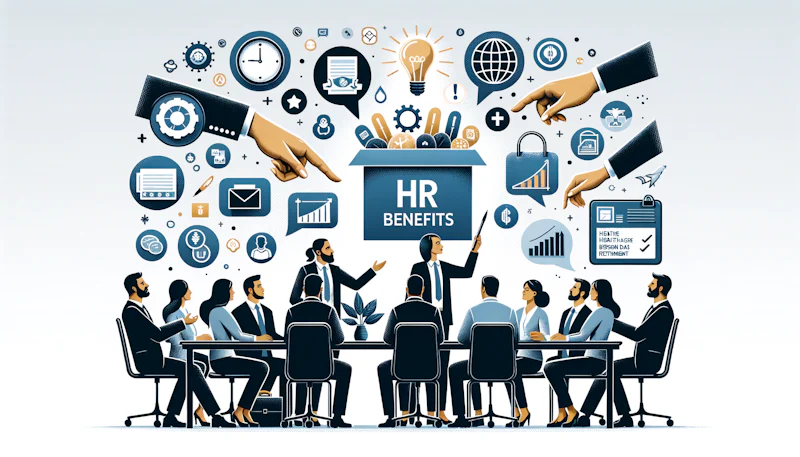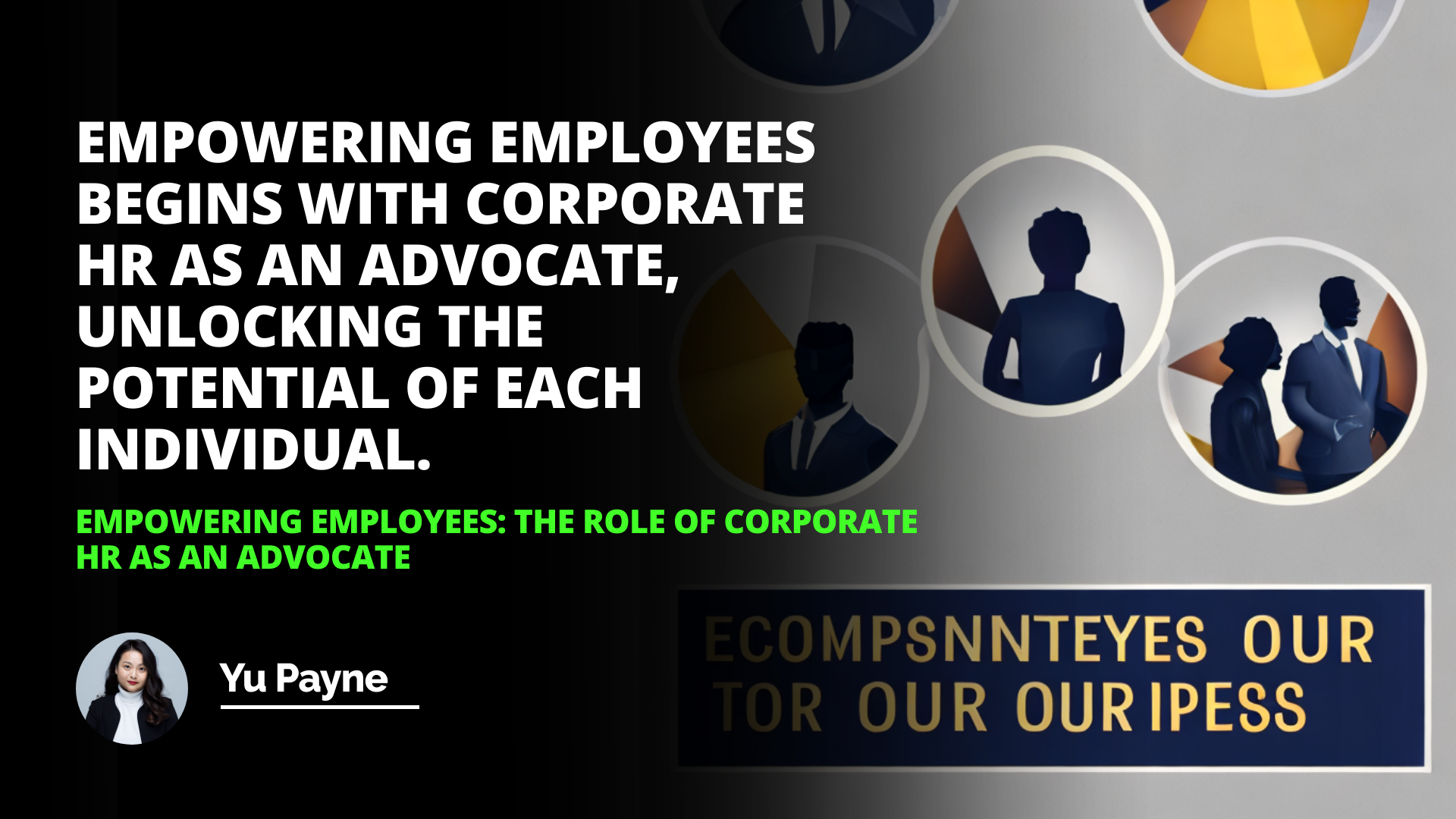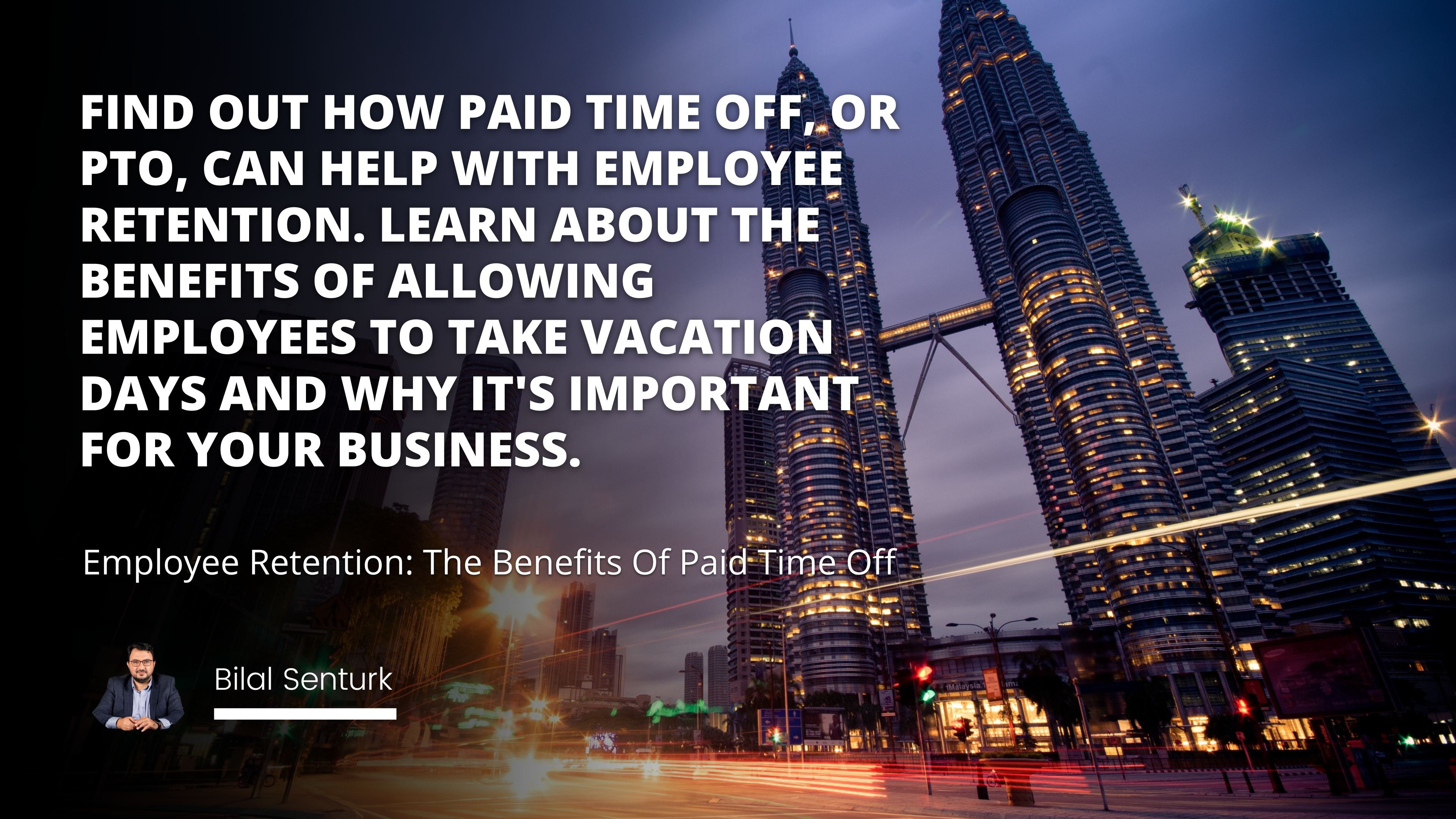I still remember the day when my colleague Lisa approached me with a puzzled look on her face. She had just received an email about our company's new health insurance options, but the jargon and endless policy details left her more confused than informed. We ended up spending our lunch break sifting through the information together, trying to make sense of it all. That experience made me realize just how vital clear communication about HR employee benefits really is. Not only does it help employees understand what they're entitled to, but it also fosters a sense of appreciation and engagement within the company.
The Importance of Communicating HR Employee Benefits
Understanding Employee Benefits Packages
Employee benefits are more than just add-ons to our paychecks; they're essential components that support our well-being both inside and outside of work. From health care plans and retirement savings to paid time off and wellness programs, these benefits can significantly impact our quality of life. I recall when our company introduced a new mental health support program. At first, many of us were unaware of how to access it or even that it existed. It wasn't until HR organized an informal Q&A session that we truly grasped the value of this offering.
HR's Role in Employee Engagement
HR isn't just the department that handles paperwork and onboarding; they're the bridge between the company's offerings and the employees' needs. When HR effectively communicates the details of employee benefits, it can lead to higher employee satisfaction and retention rates. I've seen firsthand how transparent communication from HR can make a difference. After the Q&A session about the mental health program, several colleagues expressed relief and gratitude, feeling more connected to the company than ever before.
Strategies for Effective Benefits Communication
Utilizing Multiple Communication Channels
In today's digital age, relying on a single method of communication just doesn't cut it. People consume information differently—some prefer emails, others might engage more with interactive webinars or even quick video snippets. In our office, HR started using a mix of channels: they sent out informative emails, posted updates on our internal social media, and even created short videos explaining each benefit. I found the videos particularly helpful; being able to watch a quick rundown during a coffee break made the information more accessible.
Personalizing Messages for Diverse Teams
Not everyone is at the same stage in life or has the same priorities. For instance, while I was keen on understanding the retirement savings plan, my younger teammates were more interested in student loan assistance programs. HR began segmenting their communications to cater to different groups within the company. They even hosted separate workshops focusing on topics relevant to each group. This personalized approach made the information feel more relevant and less like generic corporate messaging.
Encouraging Feedback and Open Dialogue
Communication is a two-way street. After rolling out new benefit programs, our HR department started sending out short surveys and setting up suggestion boxes (both physical and digital). This initiative encouraged us to share our thoughts and concerns openly. I remember suggesting that they simplify the language used in the benefits handbook, and to my surprise, they took it on board. The next edition was much clearer, making it easier for everyone to understand their options.
Overcoming Challenges in Benefits Communication
Addressing Language Barriers and Disinterest
In a multicultural workplace, language barriers can pose a significant hurdle. We had team members who were more comfortable in languages other than English. Recognizing this, HR provided materials in multiple languages and even held briefing sessions with translators. Additionally, to tackle general disinterest, they started incorporating engaging elements like quizzes with small prizes. This not only made the learning process fun but also increased overall participation.
Implementing Employee Education Programs
Sometimes, the complexity of benefits like retirement plans or health insurance can be overwhelming. To help us navigate these waters, HR organized educational programs focusing on financial literacy and health awareness. I attended a session on maximizing 401(k) contributions, which was eye-opening. Before that, I hadn't fully understood how my contributions and the company's matching worked. These programs empowered many of us to make informed decisions, enhancing our appreciation for the benefits offered.
Conclusion
Reflecting on my journey and experiences within the company, it's clear that effective communication about HR employee benefits is more than just a nice-to-have—it's essential. When employees truly understand and value their benefits, it cultivates a deeper sense of engagement and loyalty. HR plays a pivotal role in this, acting as the conduit between the company's resources and the employees' needs.
Continuous improvement in how these benefits are communicated can make a world of difference. By embracing multiple communication channels, personalizing messages, and fostering an environment of open dialogue, companies can overcome common challenges. After all, when we feel valued and informed, we're more likely to contribute positively to our workplace.
So next time you receive an email from HR about a new benefit, take a moment to read it. You might discover something that could significantly enhance your work-life balance. And if something isn't clear, don't hesitate to reach out. Open communication is a shared responsibility, and it's one of the keys to a thriving, engaged workforce.





